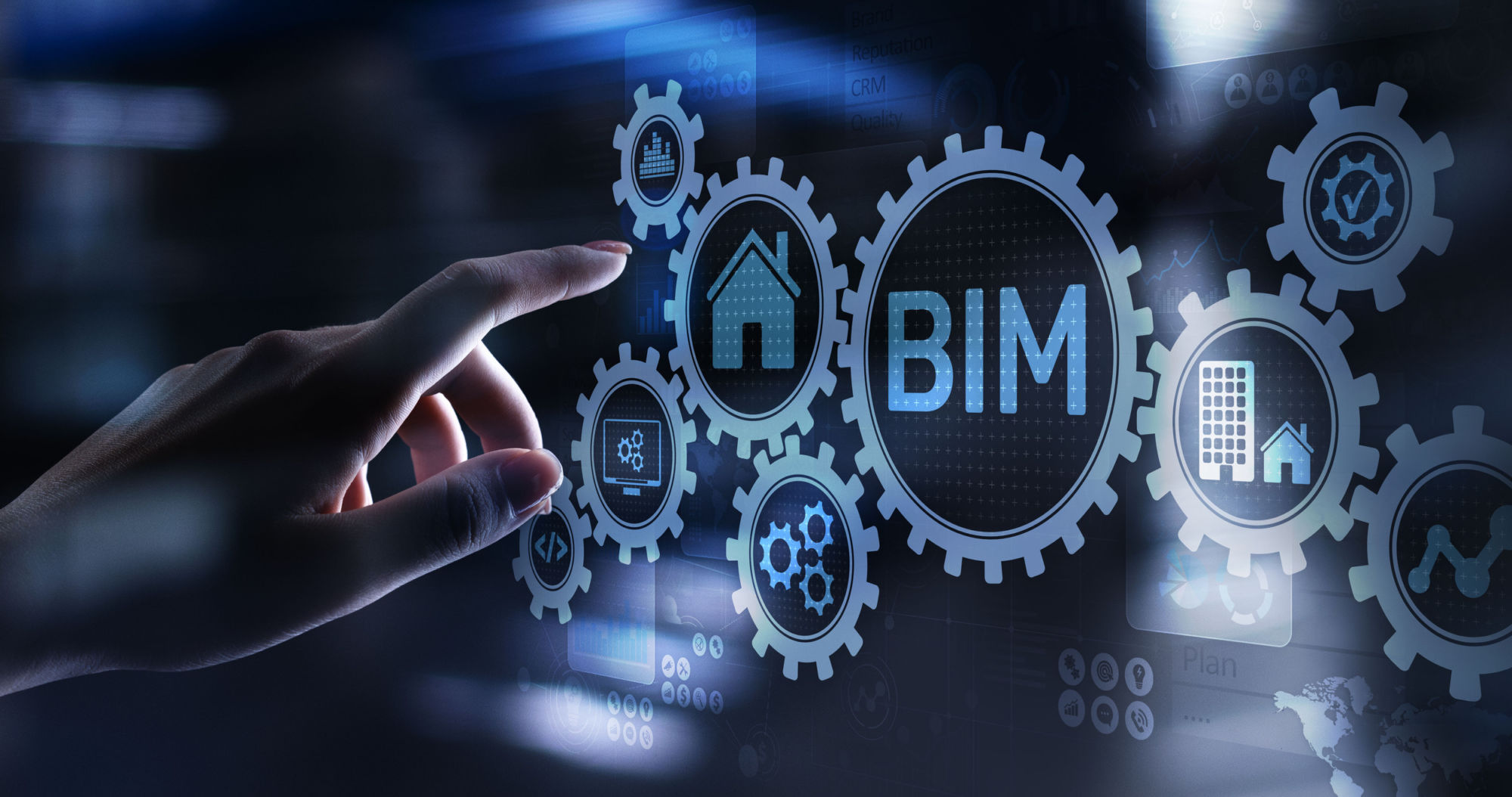Propelled by technological advances today, the Architecture, Engineering, and Construction (AEC) industry is in a time of transformation. The need to upgrade efficiency in planning, design, and connectivity is becoming more inevitable. The use of drones for aerial insights, exoskeletons for load lifting, and Building Information Modeling (BIM) for multi-disciplinary collaboration are only some of the up-and-coming processes in speeding up construction activities.
But while this all looks promising, it’s wise to consider the challenges of implementing technology in construction to create a feasible master plan:
Costs
High cost is involved in acquiring, maintaining, and updating new technologies. The time and training expenses required to produce qualified people with BIM, robotics, or other required knowledge can be demanding. Firms ahead of the market competition might easily afford these undertakings. But if you’re at a disadvantage, a 2019 Malaysian study suggests that one way to overcome this is by forming valuable, strategic partnerships with high tech companies. This would help with costs and improve a firm’s confidence in undertaking such innovations.
Misconceptions
There are several misconceptions about technology application, resulting in lack of support. Hesitation usually comes from the belief that incorporating new technologies is way too complex, irrelevant, or unnecessary. However, it’s important to note that there are easy-to-use options out there intelligently designed by experts to help you. For starters, smartphone apps like SmartBidNet, GoBIM, and FingerCAD can be useful to construction professionals. With ample research and training, it’s very much possible for your project and team to adapt to more competitive tech in the future.
Security Issues
The use of project management software or similar platforms simplifies workflows, minimizes errors, and manages deadlines. But with technology advances, also comes security risks. Confidential information like employee data and financial records are vulnerable to attacks and breaches. Building fortified security measures and covering cyber liability insurance should be considered. This is to reduce fear and confusion among all stakeholders.
Ultimately, the benefits of modern, innovative solutions could outweigh the challenges when properly managed. Striking a balance between proven traditional ways and gradual integration of new technologies is a great investment for long-term sustainability. In construction, it’s advantageous to play to your strengths while keeping an open mind to possibilities.
![]()








